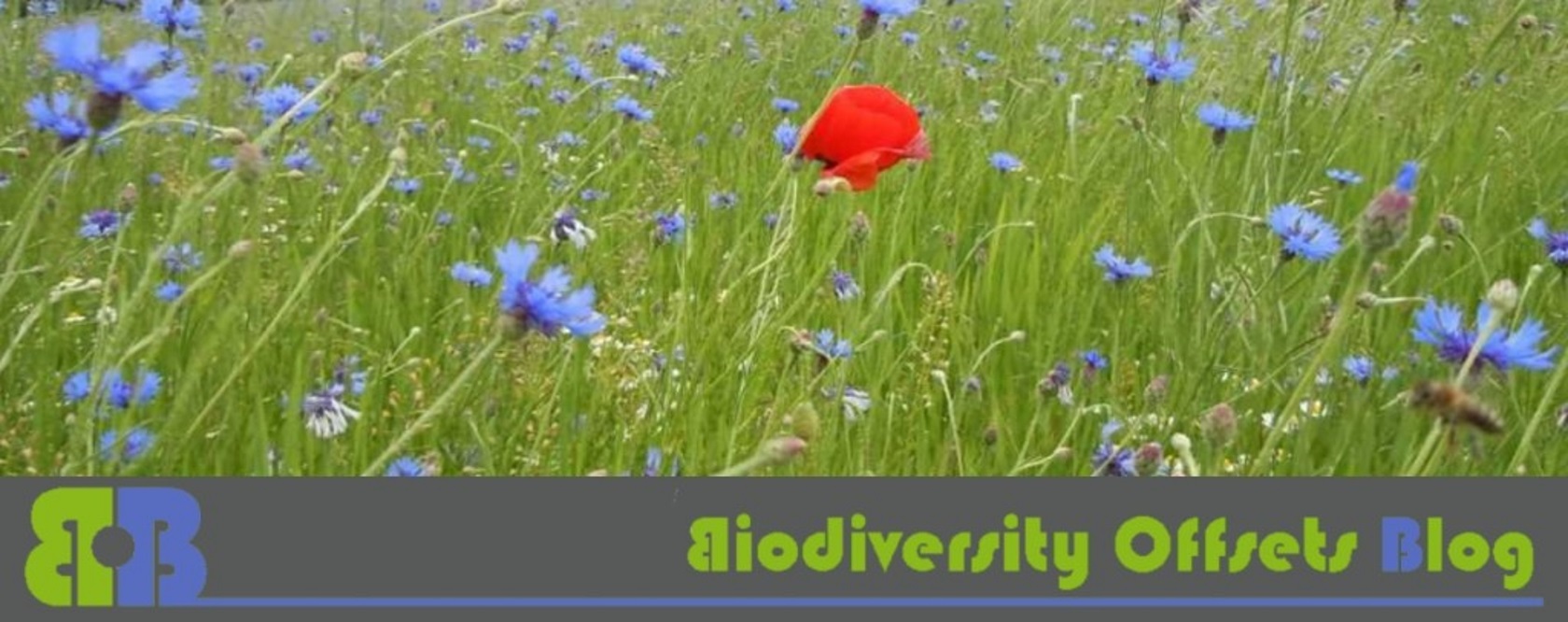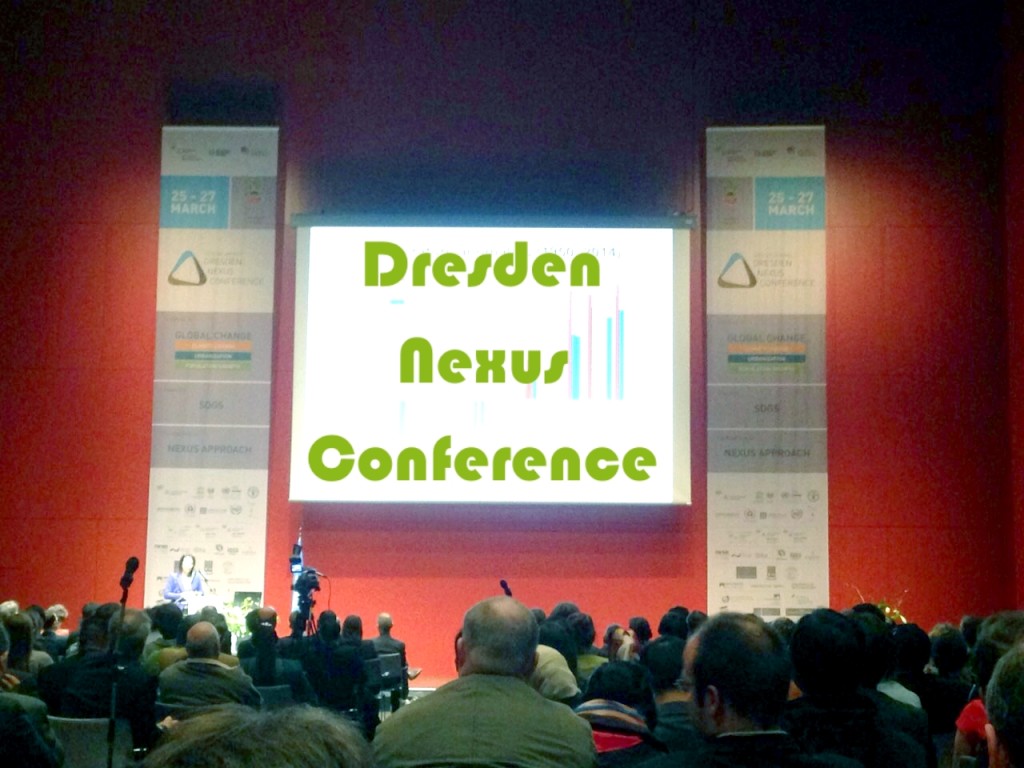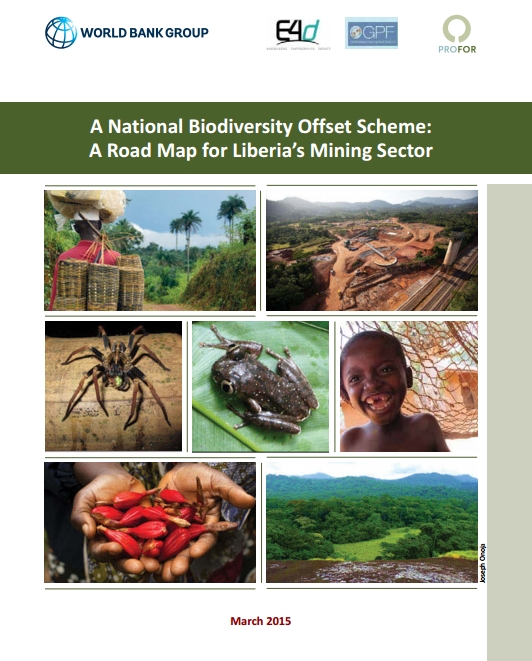 Sally Johnson has written a report entitled “A National Biodiversity Offset Scheme: A Road Map for Liberia’s Mining Sector”. This report was also presented in a BBOP webinar last friday. You can find the full report here: A National Biodiversity Offset Scheme for Liberia and see the executive summary pasted below. Continue reading
Sally Johnson has written a report entitled “A National Biodiversity Offset Scheme: A Road Map for Liberia’s Mining Sector”. This report was also presented in a BBOP webinar last friday. You can find the full report here: A National Biodiversity Offset Scheme for Liberia and see the executive summary pasted below. Continue reading
The last few days I was attending the first Dresden Nexus Conference. The event, co-organized by Leibniz Institute of Ecological Urban and Regional Development (my institute), United Nations University and Technische Universität Dresden (our local university), unified the catch words Global Change, Sustainable Development Goals and the Nexus Approach and covered a vast spectrum of topics related to water, soil and waste, but also the broader social, environmental and economic context.
The first day was dedicated to climate change, the second day to urbanization and the third day to population growth and the increasing demand for environmental resources.
There were some insightful keynotes in the plenary (e.g. Joseph Alcamo, Center for Environmental Systems Research spoke on “Systems thinking for advancing a nexus approach to water, soil and waste” and Michael Hermann, United Nations Population Fund, highlighted “Three policy priorities for a sustainable nexus”), a vast and diverse poster exhibition and in-depth parallel sessions.
Find more information on the conference at www.dresden-nexus-conference.org.
My personal favourites…
 I know, it’s a bit short notice, but there is another BBOP webinar being held this Friday.
I know, it’s a bit short notice, but there is another BBOP webinar being held this Friday.
This time the topic is: “A National Biodiversity Offset Scheme for Liberia’s Mining Sector”. Sally Johnson, Consultant, and lead author of a recent World Bank report, and Kirsten Hund, Senior Mining Specialist at the World Bank will discuss the advantages and risks for both conservation and economic development of a national biodiversity offsets scheme for Liberia.
As usual the webinar is part of the BBOP community of practice (all previous webinars are archived there if you want to listen to them later).
This is a guest post by Megan Evans, a PhD researcher based at the Fenner School of Environment and Society, at the Australian National University in Canberra, Australia.
This comment has previously been published on Megan’s Blog. It is the expression of the author’s thoughts and experiences and as such is acknowledged as a fruitful contribution to the discussion on biodiversity offsets. If you want to react or clarify your own position (underpin or disprove Megan’s reasoning), please leave a reply below!
 Over two days in January 2015, fifteen academics and professionals from law, economics, business, ecology and policy came together to discuss biodiversity offsetting – but with a multi-disciplinary twist. Held at the Fenner School of Environment and Society at the Australian National University, and organised by Megan Evans, Stuart Whitten, Andrew Macintosh and Martine Maron, the overall goal of the workshop was to look at biodiversity offsetting from a range of different perspectives, and to try and understand how such policies can effectively deliver positive environmental outcomes.
Over two days in January 2015, fifteen academics and professionals from law, economics, business, ecology and policy came together to discuss biodiversity offsetting – but with a multi-disciplinary twist. Held at the Fenner School of Environment and Society at the Australian National University, and organised by Megan Evans, Stuart Whitten, Andrew Macintosh and Martine Maron, the overall goal of the workshop was to look at biodiversity offsetting from a range of different perspectives, and to try and understand how such policies can effectively deliver positive environmental outcomes.
Continue reading
This is a guest post by Carlos Ferreira, Research Assistant in the Center for Business in Society at Coventry University. He can be reached at carlos.ferreira@coventry.ac.uk.
It is the expression of the author’s thoughts and experiences and as such is acknowledged as a fruitful contribution to the discussion on biodiversity offsets. If you want to react or clarify your own position (underpin or disprove Carlos’ reasoning), please leave a reply below!
Offsetting biodiversity: widespread and varied
A visit to the SpeciesBanking website shows that the practice of compensating for biodiversity losses is widespread. Offsetting biodiversity losses is an increasingly important mechanism for balancing out development and conservation, with more and more governments creating regulation or issuing guidance for its usage, often in the context of planning regulations. In fact, in several countries it is possible to observe that various offsetting programmes are currently in operation. The figure illustrates this, highlighting the number of official biodiversity offsets programmes per country.
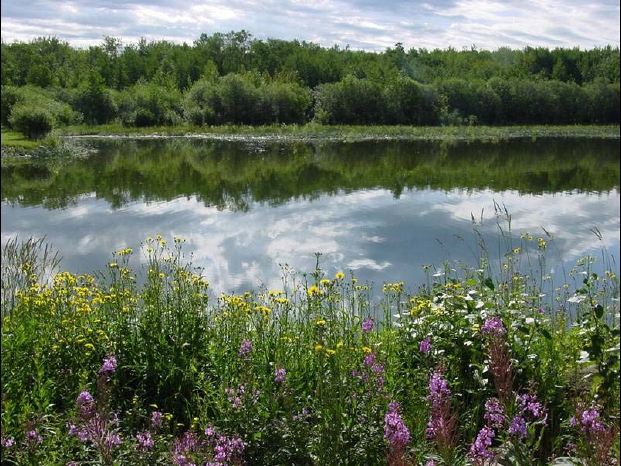 I have recently come across another long-term biodiversity offset project. The Canadian Suncor-Winagami project dates back to 2003.
I have recently come across another long-term biodiversity offset project. The Canadian Suncor-Winagami project dates back to 2003.
Please get in touch if you have any more update information on this!
 I have recently stumbled across the works of “Cynical conservation”, a cartoonist who shares his cynical drawings on twitter. Most likely to be based in the UK, he (?) describes himself as a “Cynical conservationist, illustrating my frustrations to remain sane and purge demons”.
I have recently stumbled across the works of “Cynical conservation”, a cartoonist who shares his cynical drawings on twitter. Most likely to be based in the UK, he (?) describes himself as a “Cynical conservationist, illustrating my frustrations to remain sane and purge demons”.
I have extracted some of the more relevant related to offsets, ecosystem services and nowadays problems and inconsequences with nature conservation. The illustrations are really cynical (who would expect that? ;o)) and usually exaggerated, but also quite philosophic. Have a look yourself!
This is a guest post by Mercados de Medio Ambiente, a platform for the promotion of environmental markets by Spanish consultancy ECOACSA.
This comment has previously been published on Mercados de Medio Ambiente. It is the expression of the author’s thoughts and experiences and as such is acknowledged as a fruitful contribution to the discussion on biodiversity offsets. If you want to react or clarify your own position (underpin or disprove) , please leave a reply below!
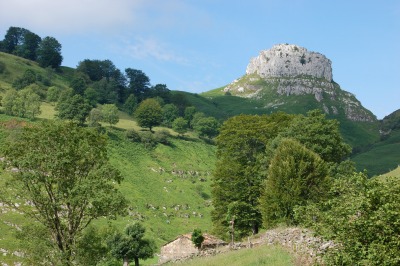 The “Environmental Assessment Act”, passed in late 2013, introduced an interesting novelty in the field of biodiversity conservation: nature conservation banks . A tool that aims to implement a mechanism that contributes to the effectiveness of compensatory measures in Spain, at the same time provides opportunities for development in rural areas.
The “Environmental Assessment Act”, passed in late 2013, introduced an interesting novelty in the field of biodiversity conservation: nature conservation banks . A tool that aims to implement a mechanism that contributes to the effectiveness of compensatory measures in Spain, at the same time provides opportunities for development in rural areas.
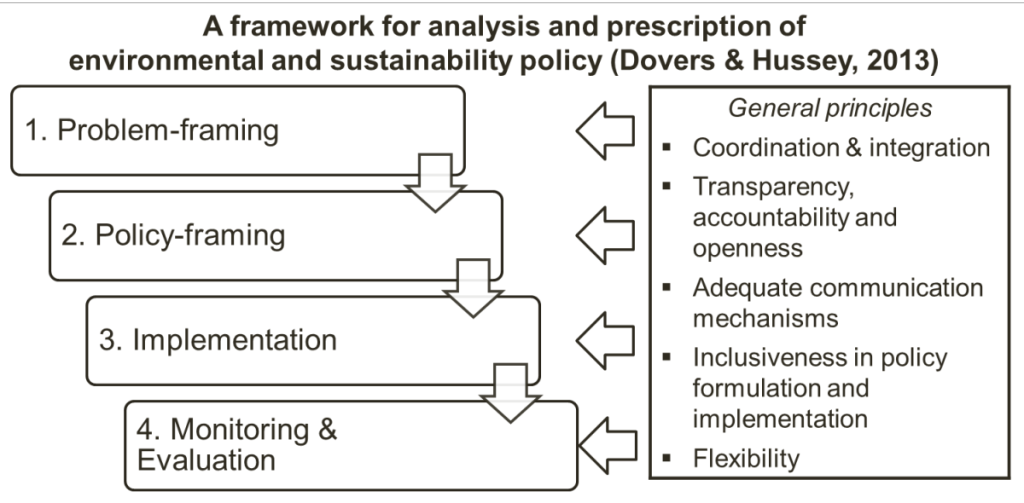 I have been following the work of Megan Evans (who is PhDing at at the Australian National University in Canberra, Australia) for quite a while, now. Not only in personal communication or via her publications (by the way, Megan, I should tell you, I admire you for your diligence — you’ve been very busy publishing those last months) — but also via her blog, entitled “Ravings and research on environmental policy”. This has given me some interesting views on offsets the “Aussie” way (sorry, if that sounds weird from a non-Australian).
I have been following the work of Megan Evans (who is PhDing at at the Australian National University in Canberra, Australia) for quite a while, now. Not only in personal communication or via her publications (by the way, Megan, I should tell you, I admire you for your diligence — you’ve been very busy publishing those last months) — but also via her blog, entitled “Ravings and research on environmental policy”. This has given me some interesting views on offsets the “Aussie” way (sorry, if that sounds weird from a non-Australian).
Now, some days ago Megan has launched a four part series of posts outlining the research journey of her PhD so far. Because that is particularly dense information and an interesting read, I’ll share some of that here. She describes the line of her reasoning from the initial interest in the outcomes of biodiversity offset policy over the tricky path of how to do policy analysis and evaluation back to the question why biodiversity offset policies are hardly ever evaluated despite their expansion.
Continue reading
This is an opinion post by Marianne Darbi, researcher at Leibniz Institute of Ecological Urban and Regional Development (Germany) and founder of the Biodiversity Offsets Blog. This comment is the expression of my own thoughts and experiences and as such is acknowledged as a fruitful contribution to the discussion on biodiversity offsets. If you want to react or clarify your own position (underpin or disprove my reasoning), please leave a reply below!
Recently, I have been asked the following question from one of my new contacts:
Do you think we are some way off being able to provide a commercial platform for biodiversity offsets?
![]() This question and the way it was framed made be think and wrap up some of my experiences and thoughts on biodiversity offsets, so far.
This question and the way it was framed made be think and wrap up some of my experiences and thoughts on biodiversity offsets, so far.
Spoiler alert: In conclusion, I am doubtful whether biodiversity offsets will (or can!) successfully be delivered via a commercial platform, i.e. a market based approach in the near future. Read below, why I think so. Continue reading
